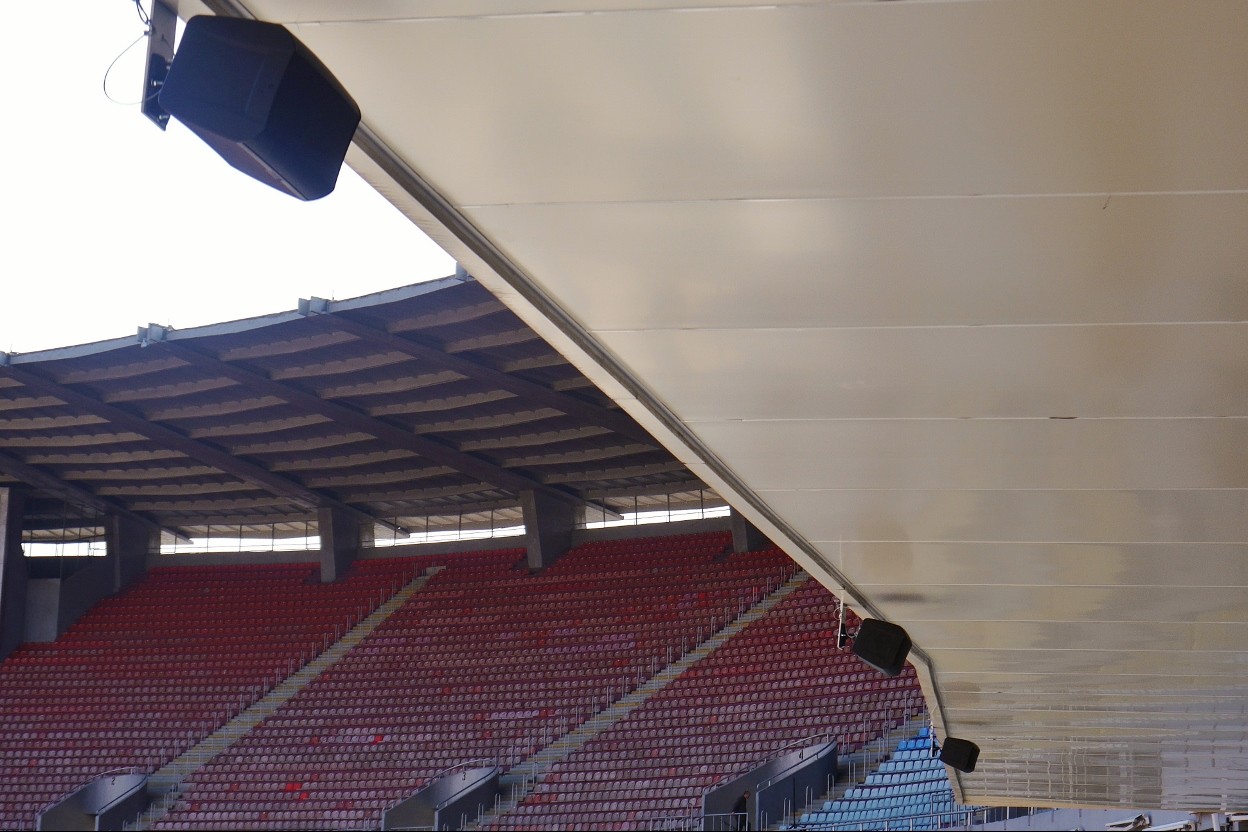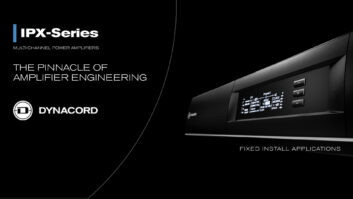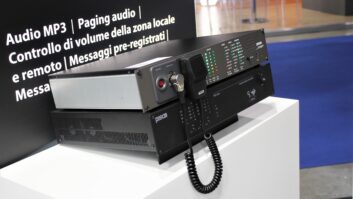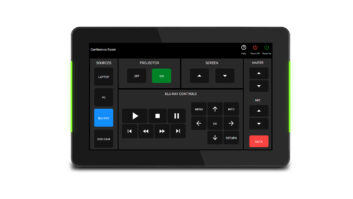
Last autumn Installation conducted a major survey that underlined the present level of confusion regarding the EN54 fire detection and fire alarm systems standard. In this follow-up feature, David Davies speaks to manufacturers about the ways in which they think the standard could be improved – and finds out about current efforts to rework some fundamental parts of the standard.
Conflicted views on exemptions to the standard and vastly varying opinions about the issue of legal responsibility characterised Installation’s survey on EN54, the results of which were published in the August 2014 issue. The observation that confusion existed around the standard was nothing new – but the exact level of uncertainty did come as something of a shock.
Concern revolves in particular around two parts of the standard. Published in 2008, EN54-16 addresses components for fire alarm/voice alarm systems and voice alarm control and indicating equipment (commonly abbreviated as VACIE). Mirroring the requirement for all fire alarm systems to be accredited by an approved testing house prior to sale, Part 16 means that VA systems have to undergo a similarly rigorous process of assessment.
Approved simultaneously, EN54-24 stipulates requirements, test methods and robustness of voice alarm (VA) loudspeakers, along with their “performance under climatic and mechanical conditions which are likely to occur in the service environment”.
The extent and accuracy of EN54-16/24’s implementation have been the subject of considerable variation, so it is some relief to hear that members of a working group under the CEN/TC72 committee are currently labouring on revisions. “Part 16 is well underway, and Part 24 will follow on from that,” says Roland Hemming, RH Consulting founder and a member of the relevant working group. “The fact is that the existing standards have caused confusion, and our objective, where possible, is to make it easier to understand what is trying to be achieved.”
Hemming outlines in more detail what we can expect from the reworked standards on page 44. But in advance of these changes, Installation decided it might be instructive to compile a ‘top five’ of recommendations for EN54 changes from a select group of audio manufacturers.
Specific provision for distributed systems is vital
Echoing comments made to Installation on previous occasions, several respondents pointed to EN54-16’s assumption of a ‘single box’ VACIE. From Baldwin Boxall – whose EN54-compliant equipment includes the Vigil 2 range of VA systems – marketing director Nick Baldwin and R&D manager Anthony Morgan highlight the increasing requirement for modular, distributed systems and therefore call for “greater clarity to be given regarding the announcing of faults. For example, does a modular VACIE mounted in a riser cupboard have to give an audible indication of a newly discovered fault, as there would be no one around to hear it? Clarity regarding which parts of a modular system should announce faults would be beneficial. Again assuming a modular system, is there any point in a microphone that can only page Zones 1-4 announcing a speaker line short circuit fault for Zone 5? If it did, this would surely just give rise to the confusion of the operator of that microphone.”
An ideal situation, continue Baldwin and Morgan, “would be that a device could be designated a ‘Control and Indication’ device that is located in a ‘manned’ area (such as a reception desk) that announces all faults. Clarification is also required as to what faults should be announced by this device if it is for some reason disconnected from the rest of the system.”
A more ‘holistic’ approach that includes greater consideration of non-emergency needs would be beneficial
At present, QSC does not have a certified EN54-16 PA/VA system, although Q-Sys components do have SOLAS (Safety of Life at Sea) certification and have been installed into several projects under EN60849 in the EU and National Fire Protection Association (NFPA) 72 in the US. Nonetheless, the company has been tracking the development of the standard, with install DSP product manager TJ Adams commenting: “It is my personal opinion that EN54-16 and 24 are well-intended but fall short in truly accommodating all the end-user needs of a combined PA/VA system. The end user is forced today to either install two separate systems to accommodate all their needs for life safety and audio PA, or just live with many compromises in a combined product platform. Installing two systems is a costly proposition, so there is a desire for single systems which unfortunately tends to be a terrible compromise under the current EN54-16/24 imposed limitations. The products that attempt to conform to EN54-16 and be a general-purpose audio PA are neither a fully featured PA or VA system, at least in my view.
“If you think critically about the situation,” Adams continues, “the VA system is an exception-based system that hopefully never gets used unless it’s being tested or there is a real emergency. The audio PA system is used every day, however, and it has the need to be flexible and make use of disallowed audio and control distribution schemes, along with higher-powered speakers and amplifiers that are specialised to the purpose in many cases. I think that EN54-16/24 needs some broader [exposure] to these non-emergency end-user needs to fold in and balance more realistic accommodations for the non-emergency use requirements along with the life safety requirements.”
Calling for greater consideration to be made of “the holistic needs of end users”, Adams believes that EN54-16/24 would be more adoptable by manufacturers if it took more account of “the benefits of allowing greater latitude for combined systems, or even a compromise clause that allows a local authority to approve non-certified products as part of a PA/VA system solution… or even approve an entirely non-certified product for their venue if it can be observed that it meets certain absolute functional requirements for life safety.”







